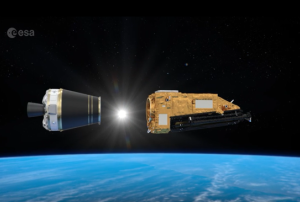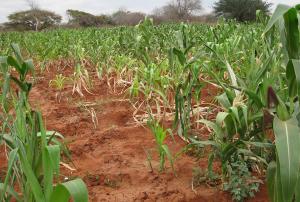The European Space Agency (ESA) successfully launched its flagship Biomass satellite on 29 April 2025 at 06:15 local time (11:15 CEST) from Europe’s Spaceport in Kourou, French Guiana, aboard a Vega-C rocket. Developed by Airbus Defence and Space, the satellite separated from the launch vehicle under an hour after liftoff. Shortly thereafter, ESA's operations center in Germany received the first signal from Biomass, transmitted via a ground station in Antarctica, confirming its healthy status in orbit.
Biomass marks a major milestone in ESA’s Earth Explorer program and is set to operate for at least five years. Equipped with the first-ever spaceborne P-band synthetic aperture radar, the mission will deliver highly detailed, global-scale maps of forest biomass by penetrating forest canopies to assess woody structures—trunks, branches, and stems—where the majority of carbon is stored. With a wavelength of about 70 cm, the radar can capture detailed interferometric images, even...
more


